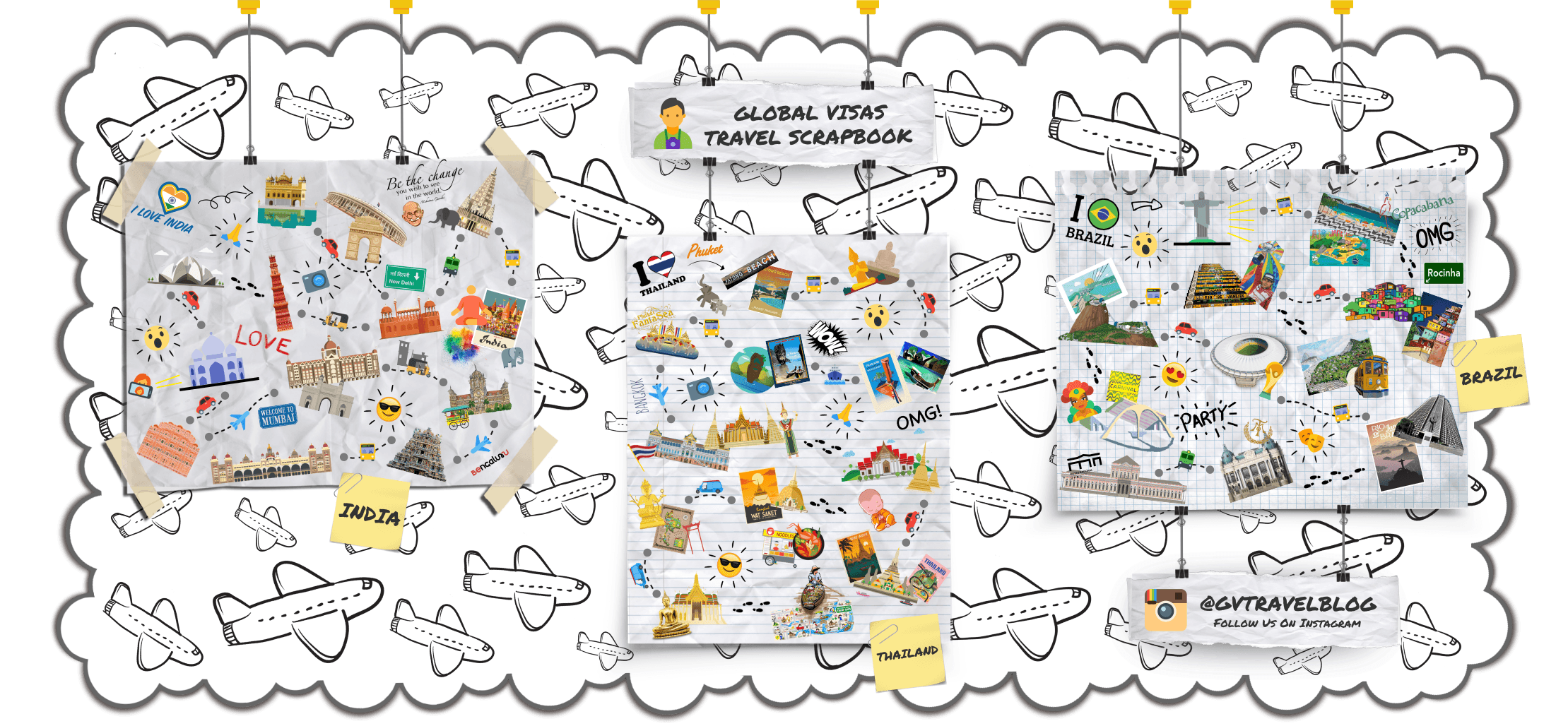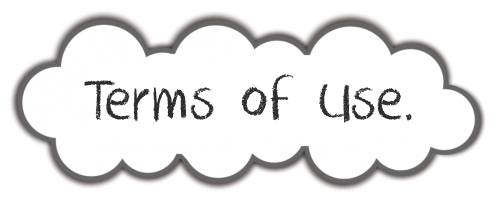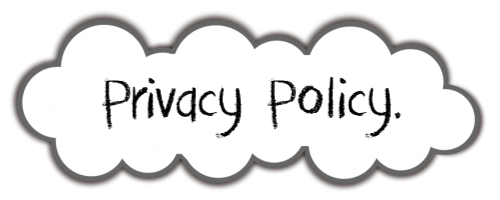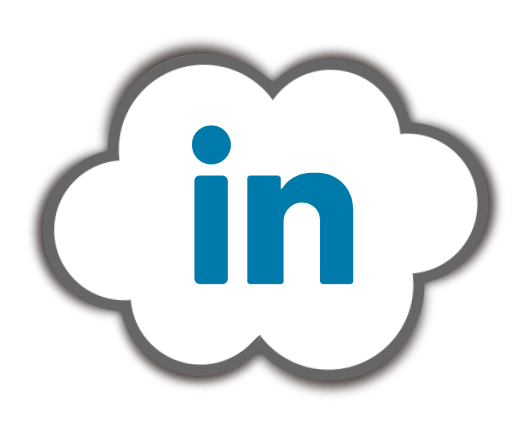EAT:
English Canadians may be mystified if you ask where you can get Canadian food. English Canadian cuisine varies radically from region to region. Some specialties include maple syrup, Nanaimo bars (chocolate-topped no-bake squares with custard or vanilla butter filling and crumb base), butter tarts (tarts made with butter, sugar, and eggs), beaver tails (fried dough topped with icing sugar), fiddleheads (curled heads of young ferns), peameal bacon (a type of back bacon made from lean boneless pork loin, trimmed fine, wet cured, and rolled in cornmeal; eaten at breakfast with eggs or for lunch as a sandwich), and Halifax donairs (sliced beef meatloaf wrapped in pitas and garnished with onions, tomatoes, and a sweet condensed milk sauce). They are an important, if somewhat humble, part of the Canadian culinary landscape. In other respects, English Canadian cuisine is similar to that of the northern United States. Canadians may be unaware that they even have national dishes, especially in the more urbanized areas; that said, there is a rising trend among Canadian chefs and restaurateurs to offer locally produced ingredients, and most major cities have bistros that specialize in local and national cuisine. These specialties may even include game meat dishes, such as caribou, grouse, moose, venison, or wild turkey prepared in a variety of European styles.
French Canadian cuisine is distinctive and includes such specialties as tourtière, a meat pie dish that dates back to the founding of Quebec in the 1600s, cipaille (meat and vegetable pie), cretons (mince of pork drippings), ragoût de pattes (pigs’ feet stew), plorine (pork pie), oreilles de Christ (fried larding bacon), poutine, a dish consisting of French fries, cheese curds and gravy (its popularity has spread across the country and can be found from coast to coast), croquignoles (home-made doughnuts cooked in shortening), tarte à la farlouche (pie made of raisins, flour and molasses), tarte au sucre (sugar pie), and numerous cheeses and maple syrup products. In Acadian regions, available dishes will differ, and include poulet tricot, and poutine râpée (a potato dumpling with meat inside). Staples include baked beans, peas and ham. French-Canadian cuisine also incorporates elements of the cuisines of English-speaking North America, and, unsurprisingly, France.
The indigenous peoples of Canada have their own distinctive cuisines, though these have not caught on with the majority of Canadians due to the use of exotic ingredients (eg. bannock, bison, deer, muktuk), and you will often have to travel to their respective areas in order to sample these. Nevertheless, indigenous restaurants are also becoming more common in the cities.
One peculiar tradition that you may notice in nearly every small town is the Chinese-Canadian restaurant. A lot of the reason for this is the role Chinese immigration played historically in the early settlement of Canada, particularly in the building of the trans-continental railway. These establishments sell the usual fast food Chinese cuisine. American visitors will find this cuisine familiar, as it developed in parallel with a virtually identical version in the States. In Toronto and Vancouver, two large centres of Chinese immigration, one can find authentic Chinese cuisine that rivals that of Hong Kong and Shanghai. In Toronto, visit the Chinatown area of Spadina-Dundas; if north of the city, consider a visit to the Markham area, which has had seen an influx of newer Chinese immigrants. Richmond, a suburb of Vancouver is regarded as one of the best places in the world for Cantonese food due to the large number of immigrants from Hong Kong.
Montreal is well known for its Central and Eastern European Jewish specialties, including local varieties of bagels and smoked meat. In the prairie provinces, you can find great Ukrainian food, such as perogies, due to large numbers of Ukrainian immigrants.
If you are more adventurous, in the larger cities especially, you will find a great variety of ethnic tastes from all over Europe, Asia and elsewhere. You can find just about any taste and style of food in Canada, from a 20-oz T-Bone with all the trimmings to Japanese sushi (indeed, much of the salmon used in sushi in Japan comes from Canada). Consult local travel brochures upon arrival. They can be found at almost any hotel and are free at any provincial or municipal tourist information centre.
Americans will find many of their types of cuisine and brands with subtle differences, and many products unique to Canada, such as brands of chocolate bars and the wide availability of authentic maple syrup.
DRINK:
The drinking age in Canada varies from province to province. In Alberta, Manitoba and Quebec the age is 18, while in the rest of the provinces and territories it is 19. Acceptable forms of ID include a Canadian driver’s licence, a passport or a non-driver provincial identification card. Foreign driver’s licences may not be accepted, the main exceptions being U.S. licences, so bring your passport with you if you want to drink. A peculiarity of many Canadian provinces is that liquor and beer can only be sold in licensed stores. In some provinces, supermarkets may sell only beer and wine, and many will not sell alcohol at all. Supermarkets in some provinces may have their own liquor store nearby. Prices may seem high to Americans from certain states; bringing alcohol into Canada (up to 1L of hard liquor, 1.5L of wine, or a 24 pack of beer), is advisable. American cigarettes are also quite popular to bring in as they are not sold in Canada.
Beer:
Canadian mass-market beers (e.g., Molson’s, Labatt’s) are generally a pale gold lager, with an alcohol content of 4% to 6%. This alcohol level may be higher than popular beers in the US or Great Britain. Like most mass-market beers, they are not very distinctive (although Americans will notice that some beers made by these companies are not sold in the States), however, Canadian beer drinkers do support local brewers. There has been a major increase in the number and the quality of beers from micro-breweries. Although many of these beers are only available near where they are produced, many mid-scale to top-end bars carry locally brewed beers. Many cities have brew pubs, which brew and serve their own beers, often with a full kitchen backing the bar. These spots offer a great chance to sample different beers and to enjoy food selected to complement the beers.
Wine:
The two largest wine-producing regions in Canada are the Niagara Region in Ontario and the Okanagan in British Columbia. Other wine-producing areas include the shores of Lake Erie, Georgian Bay (Beaver River Valley) and Prince Edward County in Ontario, and the Similkameen valley, southern Fraser River valley, southern Vancouver Island and the Gulf Islands in British Columbia. There are also small scale productions of wine in southern Quebec, Nova Scotia, and Saskatchewan.
Ice wine, a (very) sweet dessert wine made from frozen grapes is a Canadian specialty, with products made by Inniskillin vinery in particular found at airport duty-free stores around the world. In contrast to most other wine-producing regions in the world, Canada, particularly the Niagara Region, consistently undergoes freezing in winter and has become the world’s largest ice wine producer. However, due to the tiny yields (5-10% compared to normal wine), it’s relatively expensive, with half-bottles (375 mL/13 fl oz) starting at $50. Canadian ice wine is somewhat sweeter than German varieties.
Distilled spirits:
Canada is famous in other countries for its distinctive rye whiskey, a beverage commonly appreciated by Canadians. Popular brands include Canadian Club, Wisers, and Crown Royal. In addition to the plentiful selection of inexpensive blended ryes, you may find it worth exploring the premium blended and unblended ryes available at most liquor stores. One of the most-recognized unblended ryes is Alberta Premium, which has been recognized as the “Canadian Whiskey of the Year” by famed whiskey writer Jim Murray.
Canada also makes a small number of distinctive liqueurs. One of the most well-known, and a fine beverage for winter drinking, is Yukon Jack, a whiskey-based liqueur with citrus overtones. It’s the Canadian equivalent of the USA’s Southern Comfort, which has a similar flavour but is based on corn whiskey (bourbon) rather than rye.
Cape Breton Island is home to North America’s first (and Canada’s only) single malt whiskey.

